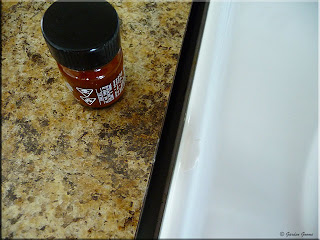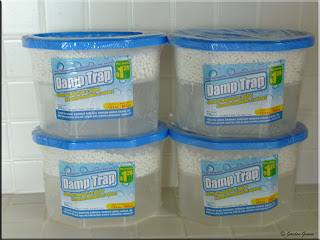Vacation homes are generally used on a temporary basis regardless whether they are mobile (eg. RV, trailer) or permanent (eg. cottage). At some point closing up a vacation home for periods of non-use becomes important. In both cases the care and attention to detail that you take when closing up your vacation home will lessen the chance of problems while the home is closed up and lessen the work involved in opening it up for the next use. There is some overlap as to chores so I will start of with those chores that are needed for both mobile and permanent followed by those specific to each.
Mobile and Permanent Vacation Homes
- do a good general cleaning
- check for and seal any possible entry spots for rodents and insects
- remove any food that will spoil or expire before your next use
- clean out the refrigerator, turn it off and prop the door(s) open to prevent mould and mildew
- do any necessary laundry making sure there is no damp laundry that could mould or attract moisture loving insects
- secure all windows
- close all blinds and window coverings to prevent sun damage
- secure all doors
Mobile Vacation Homes
- empty and flush grey and black water tanks then add RV anti-freeze
- leave faucets open
- pour holding tank deodorizer into the tank
- if storing for winter remove any batteries and store where they won't freeze
- turn off propane tanks and bleed the lines then turn off any controls
- seal any outside ports (eg. electrical, water) and vents with heavy plastic secured with tape
- place a couple of rodent baits and ant traps in the unit as a bit of insurance
- discontinue any unnecessary services (eg. newspaper) depending on length of time the house will be empty; internet and cable can be left on if the house will be empty for under a month otherwise turn them off
- forward any mail to your permanent address
- close up any chimneys or fireplaces
- turn off the water
- turn off the AC unless in a location where it is necessary to leave it on, if so turn it up to 85ºF where it will serve to keep moisture out of the home
- take in any outdoor ornaments
- bring in patio chairs and secure the table or bring it in
- notify at least one of your neighbours leaving contact information and a key in case of emergency
©2006-2010

































